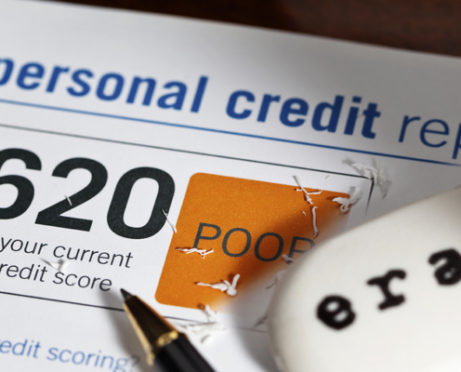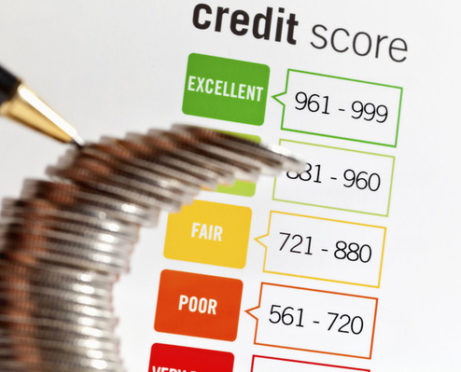 What’s the first thing you think about when you land a new job? Let me be blunt: your salary, right?
What’s the first thing you think about when you land a new job? Let me be blunt: your salary, right?
When I landed my first job out of college where I earned $15 an hour, you can imagine how excited I was to be making money. I didn’t put too much thought into the fact that my job was at least 40 miles away from my home, which created an 80-mile round trip commute each day – or a 400-mile drive each week.
At first, I thought it wasn’t that bad, but then it started to take a toll on both me and my car.
The Ill-Effect
I started at the job in July, and by December that year, I was beginning to burn out. Whenever 4:30 p.m. rolled around, I would jump up from my desk and run to my car to get a head start on traffic.
I had to rush so that I could get to my son's daycare before it closed at 5:15 p.m.
If I didn’t make it to the expressway by 4:40 p.m. each day, I’d be late and end up paying a late fee. And even if it weren’t for that daily stress, I didn’t like the fact that my son was so far from me.
I was also having issues with my car since I was putting so many miles on it each week. On top of my car loan, I had to pay for repair and maintenance expenses, along with higher insurance, more gas and fuel, and interstate tolls.
All in all, I think my car costs reached five figures during that year – in large part, it was due to my commute.
See How Much You Could Save on Auto Insurance — Get a Free Quote >>
A Silver Lining
I was often cranky, stressed, and on-edge at work. I knew my work-life balance would be much better if I could eliminate the almost two hours that I spent each workday driving.
The one thing that kept me going was knowing that my job was helping me pay off my debt at a rapid rate. Though the cost of living was lower in my hometown, there were fewer job prospects, so I knew I would never find a job that paid as much near my home.
And just about the time that I was considering a change, my boss offered me a sizeable raise!
At that point, I made the decision to move closer to my job for my sanity, since there was no way that I could stick around and run a car that I was still paying for into the ground by driving an average of 1,600 miles each month just to get to work.
Moving For Debt Payment
Usually, when people decide to move to continue making payments on their debt, they choose a more affordable area. Not me.
Since I was leaving a pretty affordable small town for a larger one, my living expenses spiked.
My rent went up, but only by $105 a month. And my new apartment also came with a water bill, which was not an expense that I had to worry about at my old place.
But the slight increase in living expenses that I endured was nothing compared to the sudden decrease in expenses that came from driving. I started to put the savings towards paying off more debt.
I added a mere $60 to my minimum monthly student loan payment of $140, and the rest went to my car loan. First, I started by putting an extra $300 toward that. Then I increased it to $400. And then $600. Six months after my move, I had paid off an additional $5,000 of debt!
What works for me may not work for everyone, but if you’re on a debt repayment journey like I am, make a list of your current expenses and pinpoint anything that may be hurting your wallet. After all, you don’t want your hard-earned dollar going out as exhaust fumes.
Get a Free Debt Relief Consultation — Visit Site >>










